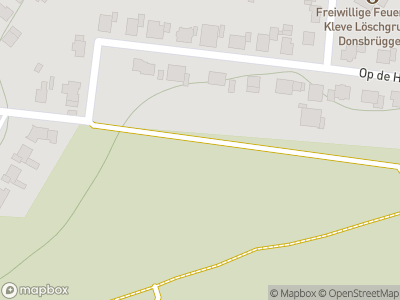Het is 7 februari 1945: de vooravond van het geallieerde offensief onder codenaam Operation Veritable. Kleef, dat al eerder in de oorlog met zware bombardementen te maken heeft gehad, wordt opnieuw gebombardeerd. De Bovenstad wordt zwaar getroffen. De burgerbevolking is al grotendeels geëvacueerd. In de stad bevinden zich soldaten, leden van de Hitler-Jugend, brandweerlieden en vele Oekraïense dwangarbeiders. Honderd van hen zitten opgesloten achter tralies in de gevangenis aan de Krohnestraat en overleven de aanval niet.
The British plan for a major offensive from Nijmegen towards Wesel was resumed in early 1945. Operation Veritable was planned to begin on the 8th of February. On the 7th of February, literally on the eve of the operation, Kleve is again heavily bombed.
This time mainly the Upper Town is hit hard. In principle, the civilian population had been evacuated, but among others, there are still soldiers, members of the Hitler Youth (a number of whom were killed in a cellar under the former home of the shoe manufacturer Gustav Hoffman) and fire-fighters. Moreover, that night, there are many slave labourers from the Ukraine locked in cells in the prison on the Kronestrasse. They had been recently deployed to recover the bodies of people killed during the first major bombardment, clearing debris and constructing defences. During this night, about a hundred of these slave labourers died tragically in the cells. They are buried in the Kriegsgräberstätte, which is much more than just a military cemetery. The cemetery was dedicated in 1950 as a central cemetery for war victims from the Kleve area including civilians.














